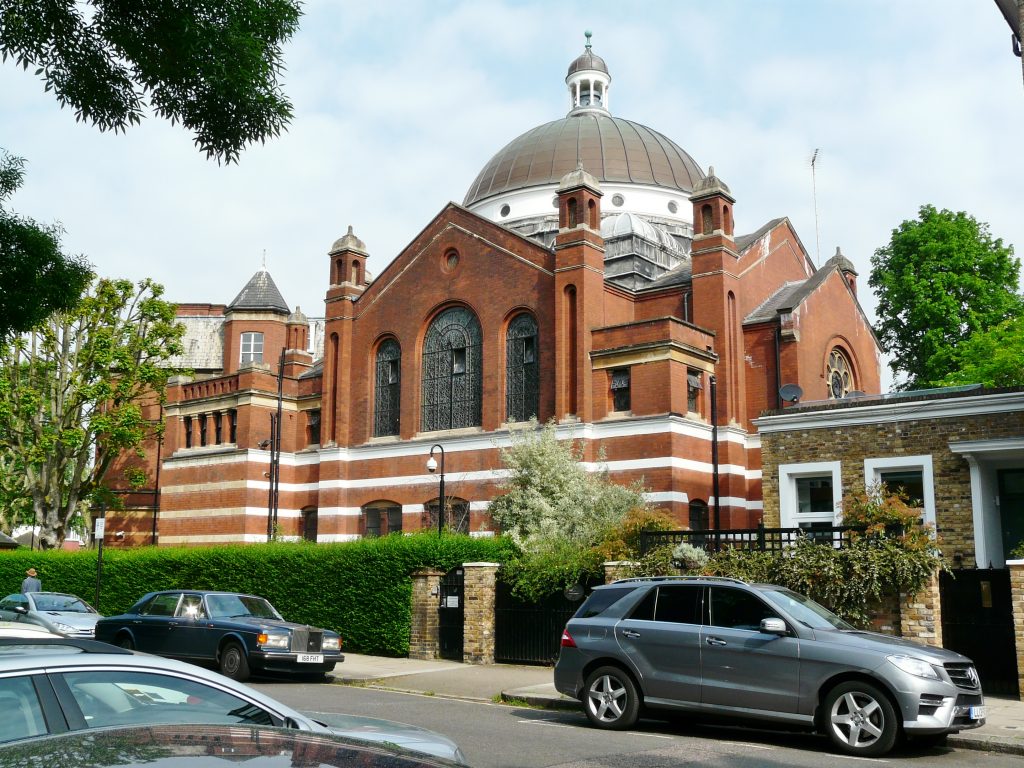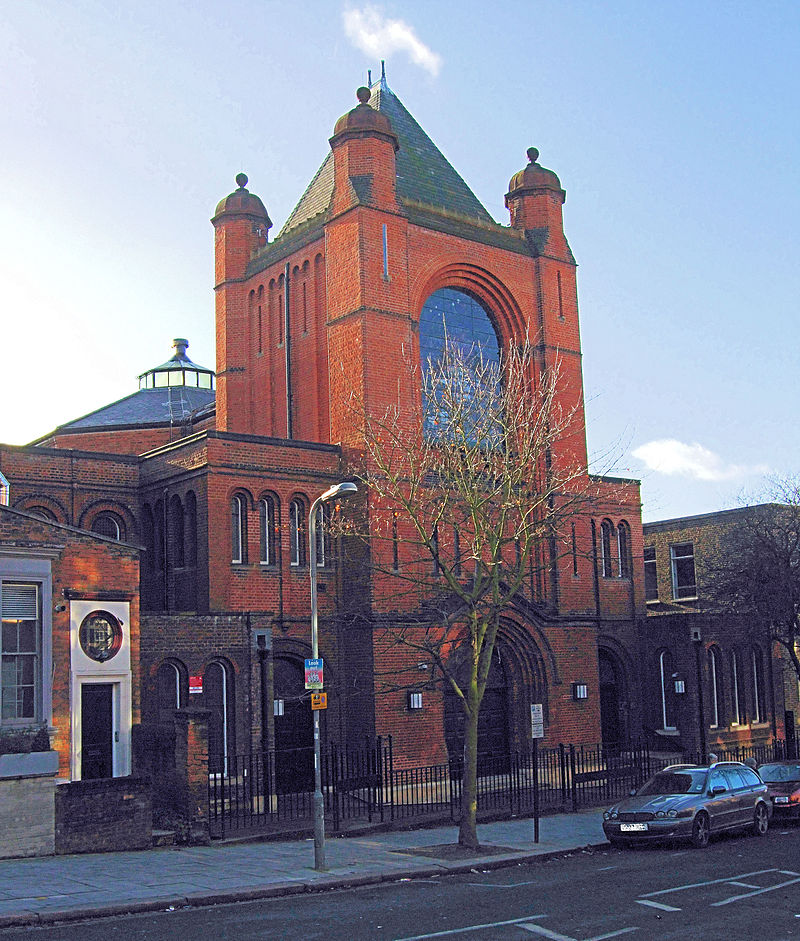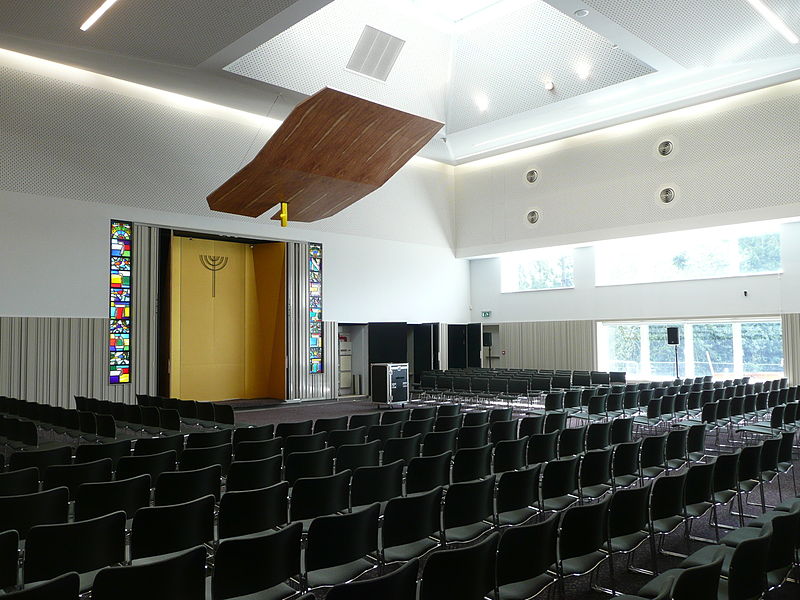Saint John’s Wood, Hampstead, and, above all, Golders Green and Stamford Hill are the heart of London’s Jewish life and have numbers of shops. Amusingly enough, most of the shops selling kosher products are now run by Indians.
Opening of the Jewish Museum and the London Museum of Jewish Life
The Jewish Museum was founded by Cecil Roth, Wilfred Samuel and Alfred Rubens in 1932. It was originally located at Woburn House in Bloomsbury. In 1994, it found a new home in Camden Town.

In 1983, the London Museum of Jewish Life (formerly the Museum of the Jewish East End) was opened. Its main ambition was to safeguard and present the Jewish cultural heritage of the East End, which historically was home to the vast majority of Jews before they moved to other areas, particularly those in the north. Over time, the museum also became involved in presenting Jewish life in other areas, sharing memories of the Holocaust and organising anti-racism programs.
The two institutions, remaining in their original locations, were brought together under the management of the Jewish Museum in 1995. Fifteen years later, the new Jewish Museum London opened in a refurbished former factory in Camden Town.

In 2015, the Jewish Museum joined forces with the Jewish Military Museum to host and share its heritage. Personal stories of Jewish Crown soldiers, their letters, literary and artistic creations, medals, and objects of worship are available.
The Jewish Museum also presents the story of Leon Greenman, a Holocaust survivor who fought for the sharing of the memory of the Holocaust, and was involved in many school programs until his death in 2008. In a room provided by the museum for the sharing of this memory, there are also other recorded survivor testimonies.
Other Jewish institutions of London
The Jewish Museum has two buildings, one in Camden and the other in Finchley. Founded in 1832, the museum in Camden houses the world’s finest collection of religious and other objects, many of them brought by immigrants from the Norman Conquest to more recent times. Particularly notable are the eighteenth-century portraits, an interactive map showing population movements in Great Britain, an Italian aron from the sixteenth century, the oldest Hannukah lamp in England, and illuminated marriage contracts.
The Sternberg Centre for Judaism , located in the London Borough of Finchley, is a community centre hosting many Jewish institutions, many of them from the Liberal and Masorti movements. It is named after the philanthropist Sigmund Sternberg.
It was inaugurated in 1981. Among the institutions it oversees are the Akiva School, the New North London Synagogue and the Leo Baeck College, named after the famous rabbi. Founded after the war, this training centre, inaugurated in 1956, became a leading training centre for liberal rabbis and in 1975 ordained its first woman rabbi, Jacqueline Tabick. Until 2007, it hosted one of the two sites of the Jewish Museum in London.
Opening of synagogues in new areas
The migration of London Jews from the centre to the north encouraged the opening of synagogues in different neighborhouds.
Opened in 1876, the synagogue of St John’s Wood benefited from the geographical development that motivated Jews to move beyond the East End. A community centre in 1957 and a synagogue seven years later brought more people to Grove End Road. Note its beautiful stained glass windows by David Hillman.

At the end of the 19th century, as the Jewish population gradually left the East End, some moved to Hampstead. Several associations came together to create a synagogue that would follow the German and Polish rites. The Hampstead Synagogue was built in 1892.
The second major Sephardic synagogue founded after Bevis Marks, the Lauderdale Road Synagogue served the Jewish community in the west. It was inaugurated in 1896 in the Byzantine style. Among its great leaders was Rabbi Solomon Gaon. The synagogue welcomed Nathan Saatchi on his arrival, father of the famous advertisers and active donors to the community.
This Orthodox synagogue of Golders Green was founded in 1915. The arrival of many Jewish families over the years led to the development of educational and cultural institutions within the synagogue. The development of the railway beyond Golders Green in 1924 and the changing demographics led to the arrival of Jews in the Edgware area. The Edgware United Synagogue was built in 1934.
In the late 1920s, a group of Jewish residents of Wembley expressed a desire to establish a place of worship in the area. The Wembley Synagogue was founded in 1934. As the Jewish presence in the area grew, an extension to the synagogue was built in 1956.
Development of various Jewish movements
Founded in 1964 and led by Rabbi Louis Jacobs following famous debates on biblical interpretation, the New London Synagogue is today a major centre for the Masorti movement. Its rabbis are very involved in contemporary social debates.
Better known as the Kinloss Synagogue, the Orthodox Finchley United Synagogue was opened in 1967. It can accommodate over 1400 people and offers many cultural and associative events. A Persian Rite synagogue is also located inside the building.
Among the Jewish cemeteries in North London, the main ones are Hoop Lane Cemetery and Willesden Jewish Cemetery (opened in 1873 and containing over 20,000 graves).